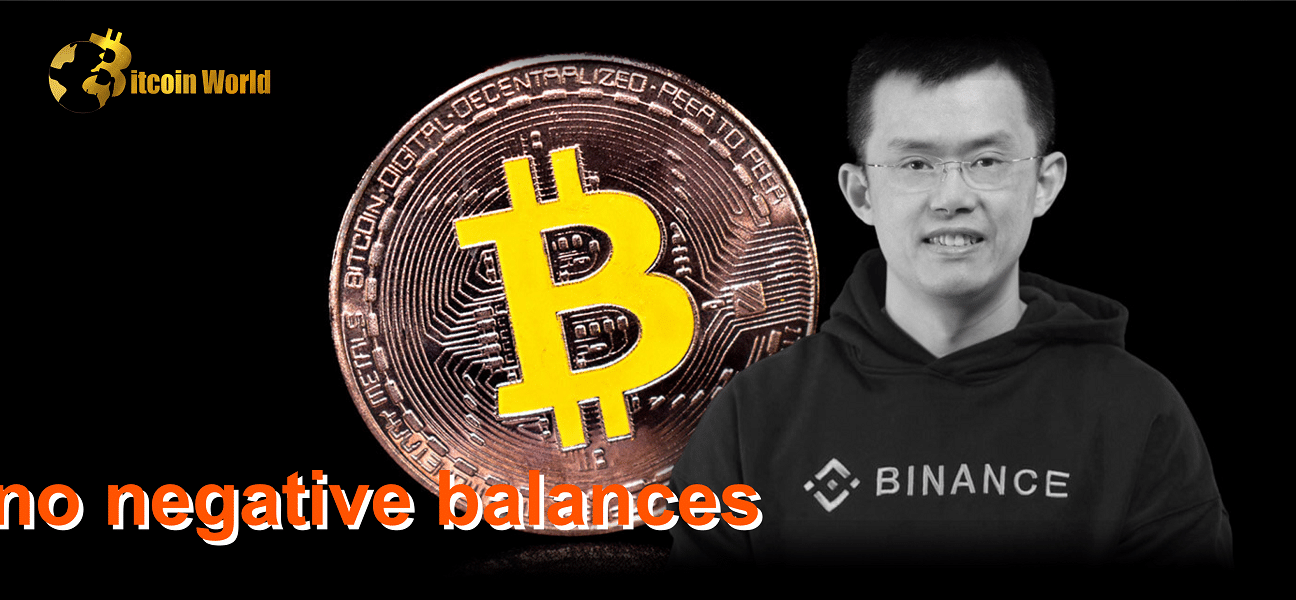In the ever-evolving world of cryptocurrency, trust and transparency are paramount. Following the dramatic collapse of FTX, the concept of ‘proof of reserves’ (PoR) has surged into the spotlight. It’s a way for crypto exchanges to demonstrate they have the funds to back their users’ holdings. Recently, Binance, one of the world’s leading crypto exchanges, released its Proof of Reserves, sparking both praise and critical discussion within the crypto community.
What Exactly is Proof of Reserves?
Think of Proof of Reserves as a public declaration by a crypto exchange, stating, ‘Hey, we’ve got the goods!’ It’s a process designed to show that the exchange holds enough cryptocurrency to cover all of its users’ balances. This is crucial because it helps reassure users that their funds are safe and sound, not tied up in risky ventures or, worse, missing altogether. The basic idea is to provide cryptographic evidence that user balances are fully backed.
Binance Steps Up: Announcing Their Proof of Reserves
Amidst the heightened scrutiny, Binance’s CEO, Changpeng Zhao (CZ), took to Twitter to announce the publication of their Proof of Reserves. In a tweet on Saturday, CZ confidently stated that Binance’s PoR has “absolutely no negative balances involved.” This was a clear attempt to reassure users about the security of their assets on the platform.
Yes. No negative balances involved.
We will have an independent audit done. https://t.co/6nZiQnxuLT
— CZ 🔶 Binance (@cz_binance) November 26, 2022
But Is It Enough? Kraken CEO Raises Concerns
While Binance’s move was welcomed by many, it also drew some sharp criticism. Jesse Powell, CEO and co-founder of rival exchange Kraken, didn’t mince words. He tweeted that Binance’s asset statement was “pointless without liabilities.” This highlights a crucial aspect of PoR – it’s not just about showing what assets an exchange holds, but also what liabilities they have.
Proof of reserves without proof of liabilities is pointless. The Merkle tree is just hand-wavey bullshit without an auditor to make sure you didn't include accounts with negative balances.
— Jesse Powell (@jespow) November 25, 2022
Powell elaborated, stating that the Merkle tree, a cryptographic tool used in PoR, is insufficient without an independent auditor to verify the accuracy of the data, particularly the absence of accounts with negative balances. Essentially, he’s saying that showing the assets side of the balance sheet isn’t enough; you need to see the liabilities too to get a complete picture.
The Importance of Audits: Bringing in the Professionals
CZ acknowledged the need for independent verification. He stated that the current PoR is a preliminary step and that a full audit is in the works. He explained that securing the services of independent auditors and allowing them the necessary time to conduct a thorough review is a process that takes time. This is a critical point because a reputable third-party audit adds a layer of trust and credibility to the PoR.
The FTX Shadow: Why Proof of Reserves Matters Now More Than Ever
The urgency surrounding Proof of Reserves is directly linked to the recent collapse of FTX. This event sent shockwaves through the crypto industry, exposing the risks associated with opaque and potentially mismanaged exchanges. The failure of FTX highlighted the importance of exchanges demonstrating their solvency and the secure custody of user funds. Proof of Reserves is now seen as a vital tool to rebuild trust and confidence in the crypto ecosystem.
Benefits of Proof of Reserves: Why Should You Care?
- Increased Transparency: PoR provides a clear view of an exchange’s asset holdings, making their operations more transparent.
- Enhanced Trust: Knowing that an exchange has sufficient reserves to cover user funds builds confidence.
- Reduced Risk: PoR can help prevent situations like the FTX collapse by ensuring exchanges are not operating with fractional reserves or mismanaging funds.
- Industry Accountability: The push for PoR encourages exchanges to adopt higher standards of financial responsibility.
Challenges and Considerations: It’s Not a Perfect System
- Proof of Liabilities: As highlighted by Jesse Powell, simply showing assets isn’t enough. A comprehensive PoR needs to include liabilities.
- Auditing Complexity: Auditing crypto exchanges, especially those with complex operations and a wide range of assets, can be challenging and time-consuming.
- Snapshot in Time: A PoR is typically a snapshot at a specific point in time. The exchange’s financial situation could change rapidly.
- Standardization Needed: Currently, there’s no universal standard for PoR, which can lead to inconsistencies in how it’s implemented and interpreted.
Actionable Insights: What Does This Mean for You?
- Do Your Research: When choosing a crypto exchange, investigate whether they provide Proof of Reserves and the details of their methodology.
- Look for Audits: Prioritize exchanges that undergo regular independent audits of their reserves.
- Understand the Limitations: Be aware that PoR is not a foolproof guarantee, but it’s a significant step towards greater transparency.
- Stay Informed: Keep up-to-date with the latest developments and discussions surrounding Proof of Reserves and exchange transparency.
Looking Ahead: The Future of Transparency in Crypto
The debate surrounding Binance’s Proof of Reserves underscores the growing demand for transparency and accountability in the cryptocurrency space. While the initial release is a step in the right direction, the need for comprehensive audits and the inclusion of liabilities is clear. The events of the past month have served as a stark reminder of the importance of verifying the financial health of crypto platforms. As the industry matures, Proof of Reserves, along with robust auditing practices, will likely become a standard expectation for reputable exchanges, ultimately fostering a more secure and trustworthy environment for all participants.
Disclaimer: The information provided is not trading advice, Bitcoinworld.co.in holds no liability for any investments made based on the information provided on this page. We strongly recommend independent research and/or consultation with a qualified professional before making any investment decisions.


